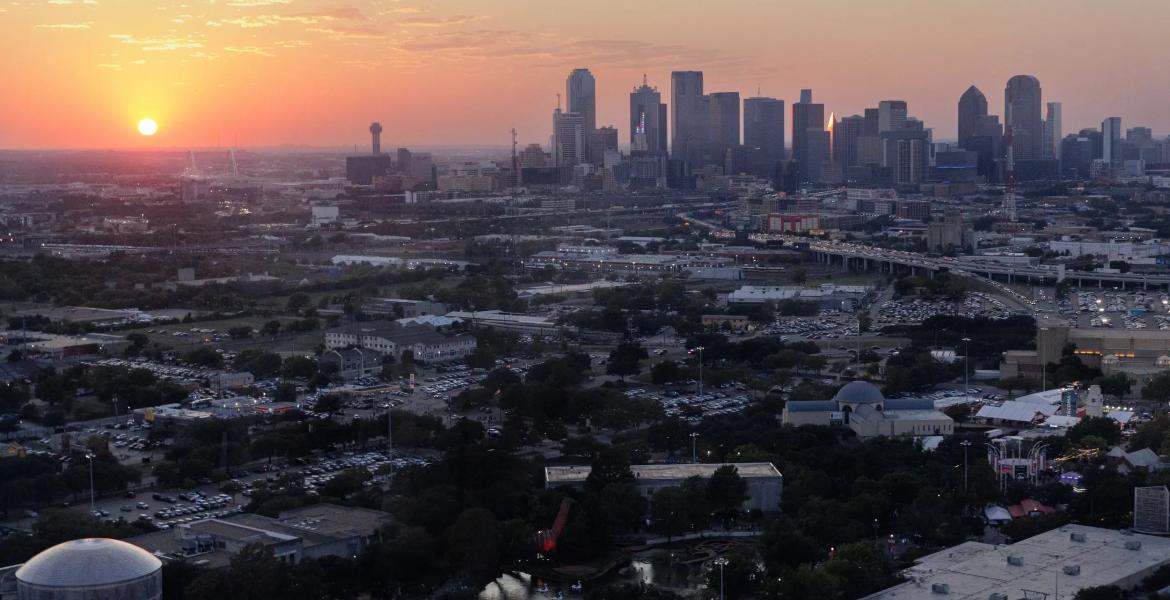FORT DAVIS, TX — West Texas is home to some of the darkest skies in the world, making it prime real estate for stargazing and studying the galaxy.
An estimated 75,000 people flock to the McDonald Observatory outside Fort Davis for “star parties” throughout the year to witness a pure view of the Milky Way and other distant wonders.
However, according to Science.org, the night sky from 2011 to 2022 has dramatically gotten brighter. After many cities and vehicles over the last two decades have switched to LED alternatives, it’s a pending nightmare to astronomers and stargazers alike.
Stephen Hummel, a coordinator at the McDonald Observatory, says that on average people see about 10% less stars than the previous year.
To combat this, the McDonald Observatory has established a region called the Greater Big Bend International Dark Sky Reserve, the largest of its kind in the world. The 15,000-square mile stretch of land covers the entire Big Bend area and part of northern Mexico.
Cities and counties have cooperated with lighting ordinances to lower unnecessary light pollution. The oil industry, classified as a major light source, has also agreed to reduce gas plant and rig lighting.
Efforts thus far have proven successful, but the challenge is maintaining the lighting goals in surrounding county and city deals over the next few decades.
If you’d like to read more about light pollution, and how simple deeds can help the night sky, click here.
Subscribe to the LIVE! Daily
Required






Post a comment to this article here: